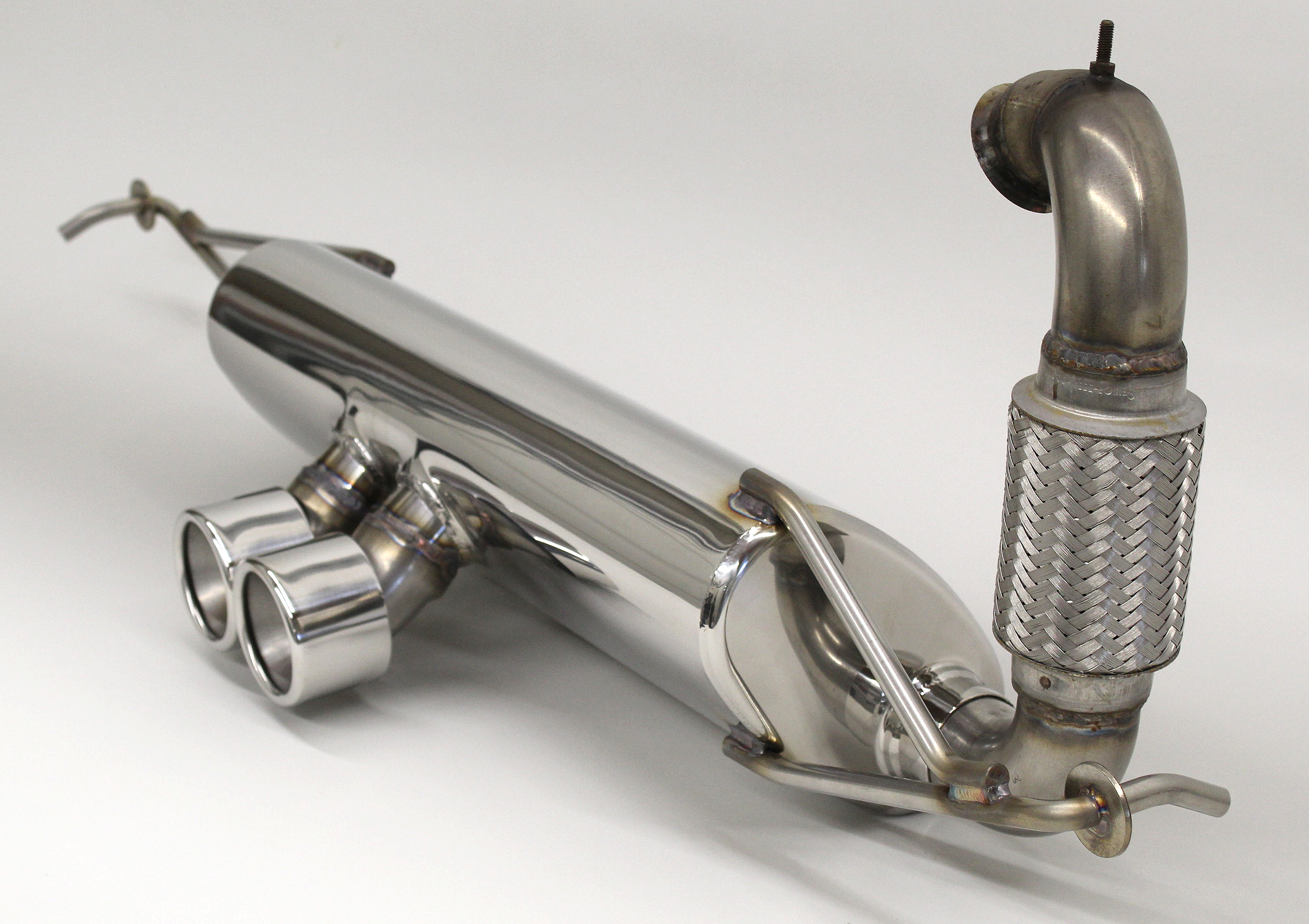When diving into the world of automotive modifications, an exhaust system often takes center stage. Among the various types of exhaust upgrades, the cat-back exhaust system has garnered significant attention from automotive enthusiasts. Understanding what a cat-back exhaust is and how it can enhance a vehicle’s performance and sound is crucial for anyone looking to modify their ride. This article explores the intricacies of cat-back exhaust systems, their components, benefits, installation process, and more.
What Is a Cat-Back Exhaust?
A cat-back exhaust system refers to the components of the exhaust system that extend from the catalytic converter to the rear of the vehicle. This includes the piping, mufflers, and exhaust tips. The term “cat-back” essentially signifies that everything beyond the catalytic converter is part of this system. Unlike a full exhaust system, which encompasses additional components such as headers and downpipes, a cat-back system focuses on improving the part of the exhaust system that’s post-catalytic converter.
Components of a Cat-Back Exhaust System
Understanding the anatomy of a cat-back exhaust system is essential for appreciating its functionality. Here are the primary components:
- Piping: Typically made from stainless steel or aluminized steel, the piping is engineered to facilitate better exhaust flow. Various diameters and bends can be employed depending on the design, which significantly affects performance.
- Mufflers: These are integral for sound regulation, dampening the noise produced by exhaust gases while still allowing for optimal flow. Mufflers come in different styles—such as chambered, straight-through, or turbo mufflers—each contributing unique sound and performance characteristics.
- Exhaust Tips: While primarily aesthetic, exhaust tips can also influence exhaust flow and sound. They come in various shapes, finishes, and diameters, allowing owners to tailor the look of their vehicle.
Benefits of Installing a Cat-Back Exhaust
Upgrading to a cat-back exhaust system can yield numerous benefits that enhance both performance and driving experience:
- Enhanced Performance: A well-designed cat-back system typically results in improved horsepower and torque. By reducing back pressure, exhaust gases can exit more freely, allowing the engine to breathe better.
- Improved Sound: Many enthusiasts seek a more aggressive exhaust note. A cat-back exhaust can transform the sound profile of a vehicle, making it more throaty and appealing without being overly obnoxious.
- Weight Reduction: Aftermarket cat-back systems often weigh less than factory-installed versions. This reduction in weight can contribute to better agility and handling.
- Custom Aesthetics: Cat-back systems allow for customization, enabling vehicle owners to choose designs that suit their personal style. Whether it’s a polished chrome tip or a matte black finish, the visual impact can be substantial.
Types of Cat-Back Exhaust Systems
When selecting a cat-back exhaust, various configurations and styles cater to different preferences:
- Axle Back: Technically, an axle-back system includes only the components behind the axle. While it can enhance sound, it may provide less performance benefit compared to a full cat-back system.
- Single Exit: This design features a single exhaust outlet, ideal for vehicles aimed at a sleek, understated appearance while offering a balanced sound.
- Dual Exit: Dual exit systems feature two exhaust outlets, often providing a sportier look and deeper sound. This option typically enhances exhaust flow further.
Installation Process
Installing a cat-back exhaust system can range from a straightforward DIY project to a more complex endeavor depending on the vehicle’s design and the installer’s expertise. An overview of the installation process includes:
- Preparation: Gather the necessary tools, including jack stands, a jack, wrenches, and, optionally, a saw if cutting the existing exhaust is required.
- Removal of the Old System: Safely lift the vehicle and remove the stock exhaust system, typically held in place with bolts and clamps.
- Fitting the New System: Position the new cat-back components in place. Ensure that all parts fit snugly without any obstructions.
- Securing the System: Tighten down all bolts and clamps to secure the new exhaust in place. Double-check for any leaks before lowering the vehicle.
- Testing: Start the engine to test the new exhaust system. An enjoyable rumble should resonate, indicating successful installation.
Considerations When Choosing a Cat-Back Exhaust
While opting for a cat-back system is enticing, several factors should guide the decision-making process:
- Vehicle Fitment: Ensure that the exhaust system is specifically designed for the make and model of the vehicle.
- Sound Preference: Decide on the desired sound level. Different mufflers produce varying sounds, from mild to aggressive.
- Budget: Cat-back systems can vary widely in price based on materials and design complexity. Set a budget beforehand to avoid overspending.
- Local Regulations: Some regions have noise regulations that could impact the legality of a modified exhaust system. Research laws to stay compliant.
In conclusion, a cat-back exhaust system represents an excellent avenue for enhancing vehicle performance while elevating driver satisfaction through improved sound and aesthetics. Whether you’re a seasoned car enthusiast or a newcomer to automotive modifications, understanding the components, benefits, and installation of cat-back exhaust systems can profoundly impact your vehicle’s overall driving experience. By selecting the right system, you not only optimize your ride’s performance but also inject your personal touch into your vehicle’s identity.
